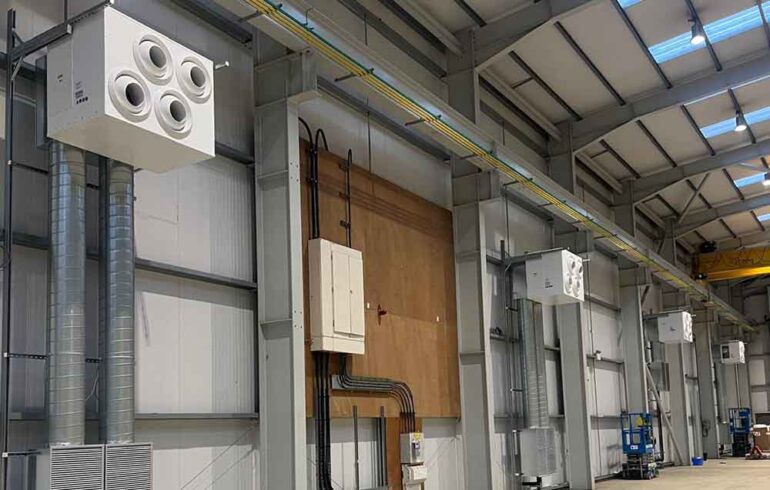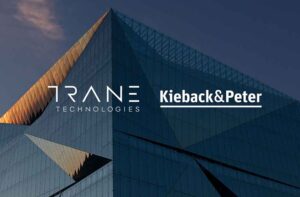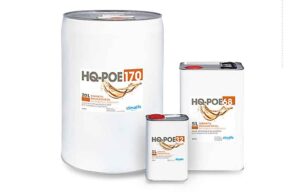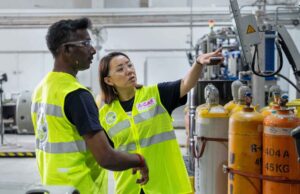Jet Air Streams provide CO2 reducing solution
26th November 2025
UK: Panasonic’s Jet Air Stream units are being employed to provide heating and cooling for a specialist surface preparation and coating company.
The company, Eblast, located in Kintore, Scotland, was seeking a more sustainable heating and cooling solution for one of its coating facilities and paint-drying warehouse.
It turned to the specialist renewable installation company Inverurie-based Clancool Refrigeration who engaged the Panasonic sales agent DFM Technical Services to develop the design which utilises eight 25kW Jet Air Stream units.
Eblast sought a sustainable solution that would complement its paint curing business for products and components used in the renewable sector, including wind turbines and wind farms. It replaced its old kerosene-fired heating with eight 25kW Panasonic Jet Air Stream units. The system has already resulted in cost savings and has reduced CO2 emissions for the company by 118 tonnes per annum.
Dugie McKerrow, director at DFM Technical Services commented “The Panasonic Jet Air Stream units were the best solution for this project, our client Clancool did not need to install any ductwork, which helped with installation cost savings. As part of the project, we calculated that the use of Panasonic Jet Air Stream units would reduce the company’s CO₂ emissions, and that sourcing their power from a green energy supplier would eliminate the full 302 tonnes of CO₂, otherwise generated by burning kerosene from the original units.”
The Jet Air Stream units have eyeball diffusers to direct, position and point the air stream either manually or automatically to specific spaces within a building for precise temperature control.
They are available in three variations – smart, standard, and ducted – with two capacities, 14kW and 25kW. The units’ controls can easily be linked together for control and maintenance purposes and also links to a BMS system.
Air volumes are up to 5,000m³/h with a maximum air throw distance of 30m. Heat loss is prevented by the nozzle movements which can adapt dynamically to incoming air temperature to prevent stratification.







